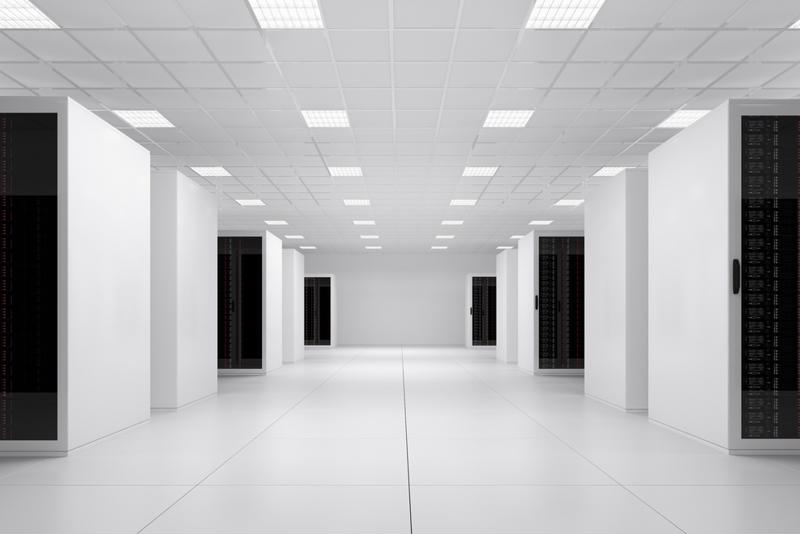
The cost of on-premise application systems
By Max BurkhalterMay 12, 2021
Are you waffling between building an on-premise application system to support your growing company or moving to the cloud? On-premise can be an attractive option thanks to the control you will wield over every component. However, the costs may be something you need to carefully consider before sinking capital investment (CAPEX) into something that may not provide adequate returns.
There are three phases that account for the bulk of the upfront costs you can expect for a new application system. Upfront CAPEX can significantly impact the return on investment (ROI) of your system, and increase the payback period beyond its useful lifespan.
Design phase
You will need to complete the following at the start of your evaluation for an on-prem application system:
- Collect core business requirements for current needs and the future growth of your organization
- Identify who in your organization can provide expertise for design
- Acquire outside expertise if internal sources aren't sufficient
- Design a physical infrastructure to support those requirements
- Use industry metrics and benchmarks to estimate the number and type of servers you will need as well as storage, bandwidth, and data center utility and space requirements
Consider future scaling needs. Will you scale to more servers, or simply more powerful ones? What space and licensing costs will be incurred? These will be important in 5 years or 10, and you don't want your new system to become obsolete before you get returns. Also consider how you will defend against catastrophes: you will need a disaster recovery plan that includes a redundant site (yours or cloud backup) to maintain business continuity.

Building phase
Cost to build a physical infrastructure is where the bulk of your upfront CAPEX is required:
- Application and database servers
- Network hardware and software
- Bandwidth
- Datacenter power, cooling, and space.
Building the infrastructure will require significant time and effort as well as cost. You'll need to evaluate vendors and explore all of your options.
Deployment phase
The live deployment of your new physical infrastructure will only be possible after the following steps have been completed:
- Setup
- Installation
- Data migration
- Testing
- Fine tuning
- Training
There are also recurring costs associated with the ongoing maintenance, upgrading and administration of your system. According to McKinsey, maintenance of a fixed system annually can be expected to run 20% to 60% of your total operations expenditures (OPEX) budget, so balance that over the expected lifespan of your system to get a total cost of ownership (TOC). Realize also that most hardware and software has about 3 to 5 years of useful life. You'll need to account for the cost to re-implement and upgrade to new versions of your application infrastructure as well. Finally, downtime will have to be accounted for. This can be one of the most costly issues and if you have a breach the costs can spin completely out of control. Having good security and redundancy protections in place is vital.
If all of the above is making you unsure about your capability to afford the cost of on-premise application installations, it might be time to consider a shift to the cloud. IBM notes that moving application infrastructure to the cloud for deployment can save companies upwards of 60% in costs. If you need to maintain more control, you can opt for a solution that keeps your most important applications and data in your hands, while shifting processes and data that aren't as sensitive into the cloud to reduce costs overall. For on-premise needs, Perle has all the hardware you need. Read our customer success stories to learn more.



